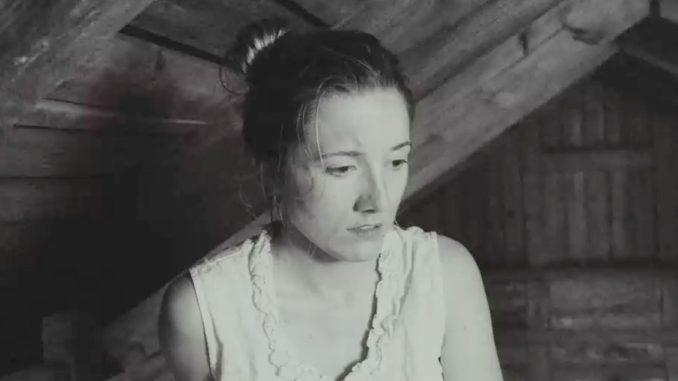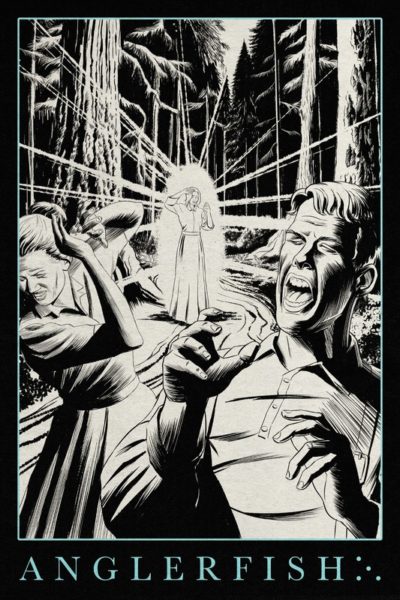
Rating: B-
Dir: Calvin Welch
Star: Katy Wilson, John Wilkins III, Paula Black
I’m a firm believer that films need to tell a story. Narrative is king in my cinematic universe, and that means I am not the target audience for this cinematic tone-poem. It basically has fifteen minutes of plot in an hour of running-time, and ends in question-marks. Had I gone into this unprepared, I might well have found it meandering, pretentious and aggravating. Those are all potentially legitimate criticisms and fair comment, I think. Yet it’s not “bad movie-making” in the slightest. Welch put his savings into this, with a clear vision in mind, and every criticism I can make appears the result of conscious artistic choice. His money, his rules, and I thoroughly respect the decision to make a film which is almost painfully non-commercial in every aspect.
It takes place in and around a remote cabin somewhere on the prairie, where Mary (Wilson) and Jonathan (Wilkins) eke out a meagre existence. Their life is upturned by the arrival of a woman, Juliette (Black), who has just buried her husband. They are also visited by the ghosts of those they’ve lost: Mary’s brother, or Jonathan’s first wife. Juliette leaves, then comes back. Something odd happens at the end. Maybe it’s the Rapture. Or maybe not. Maybe everybody was dead the whole time. Who knows? I certainly don’t. By all rights, it’s the kind of thing I should hate, where the film-maker lets the audience do the work for him. But this doesn’t seem like the usual laziness: it’s more a sense of the truth being there, just behind a veil.
 You’d be forgiven for mistaking elements as sloppy, though I think you’d be wrong. For example, the way it takes place in 1906, at the time when there were no radio stations. Yet the couple have a radio – which looks like it dates from the forties – in the cabin, and basically have a rave with Juliette, dancing to lo-fi Eurotrance. It all seems quite deliberate, like the editing. In several scenes. it splices multiple sequences together, almost alternating frames in a strobe-like way, to create a thoroughly disconcerting and destabilizing effect. Not least because these run for minutes, not seconds. Or it’ll stop dead, allowing Mary to tell the story of her lost brother in a single, long take.
You’d be forgiven for mistaking elements as sloppy, though I think you’d be wrong. For example, the way it takes place in 1906, at the time when there were no radio stations. Yet the couple have a radio – which looks like it dates from the forties – in the cabin, and basically have a rave with Juliette, dancing to lo-fi Eurotrance. It all seems quite deliberate, like the editing. In several scenes. it splices multiple sequences together, almost alternating frames in a strobe-like way, to create a thoroughly disconcerting and destabilizing effect. Not least because these run for minutes, not seconds. Or it’ll stop dead, allowing Mary to tell the story of her lost brother in a single, long take.
As a viewer, I was left struggling to make sense of it all, like a radio broadcast which keeps cutting out – a simile explicitly invoked by the film at one point. Even the title’s meaning in opaque, although the movie is book-ended by shots of the sea. However, it’s quite beautifully filmed, and certainly qualifies as Art with a capital A. [As an aside, its presence on Tubi is more evidence as to why they are the best streaming service out there, being willing to give this kind of weirdness a slot] To be honest, this is not something I’m likely ever to watch again. But I have absolutely no regrets about having seen it, and it’s certain to stick in my mind far longer than many, considerably more conventional features.
The film is currently available on Tubi and Amazon Prime.
